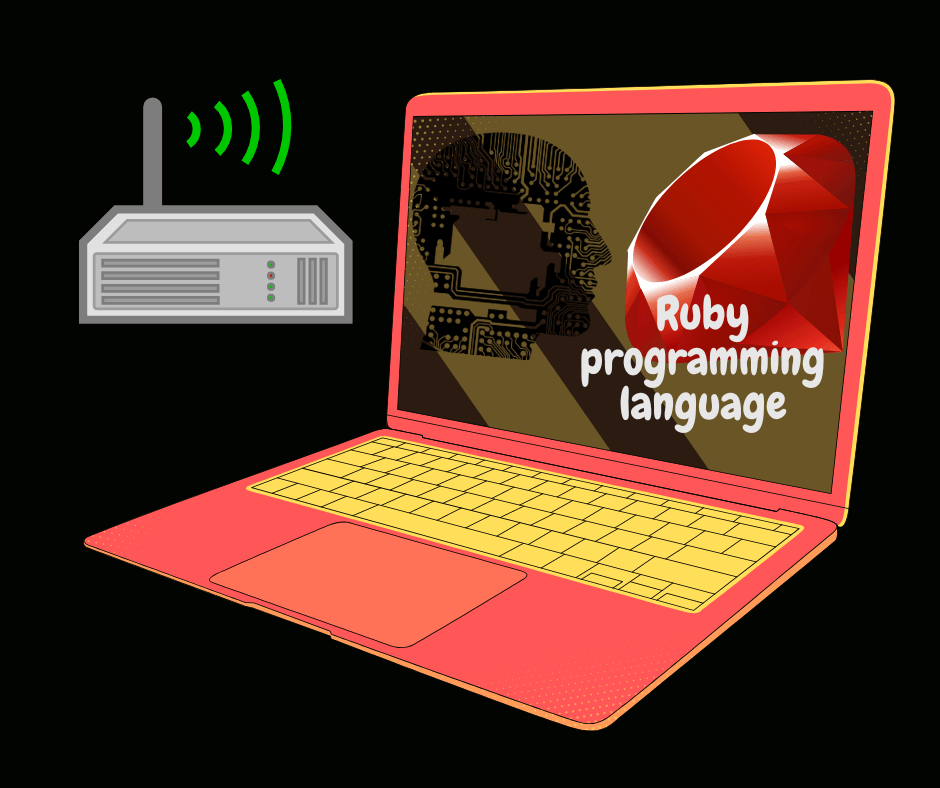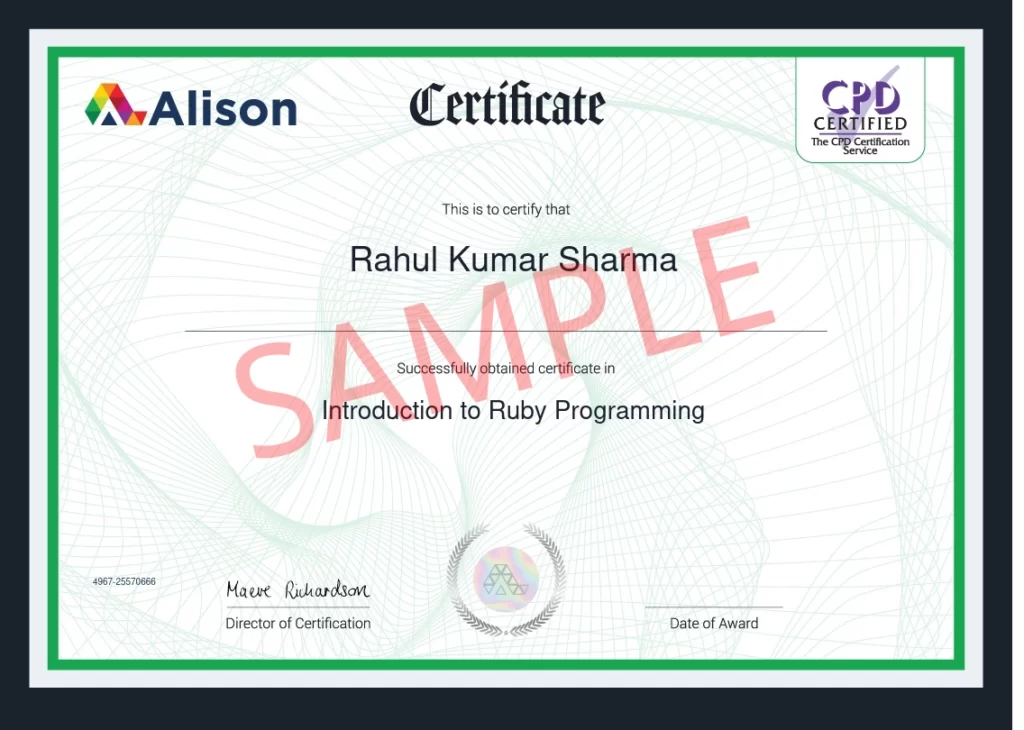Unleash your creativity in Ruby programming by learning common Ruby objects with this free online course.
Publisher: Rahul Kumar Sharma
Ruby programming language has an easy-to-learn syntax and flow. If you wish to learn to program easily, look no further! This course provides a detailed introduction to the basic language you need to master if you want to become a web developer. Besides being easy to learn, Ruby has many advantages. For one, it focuses on programmer productivity and the path to rails. Learning Ruby will give you a competitive edge as a developer.
Description
Choosing a programming language to study can be challenging if you are new to the field. As a newbie with so many choices, you may be unaware of the functions of each language and the reasons you might favor one over another. This course will introduce you to the Ruby programming language and assist you in determining whether it is the right option for you.
This course has two modules. First, you will learn about Ruby and its advantages over other programming languages. After that, you will discover how to install Ruby on your computer and be shown where to find various settings for the editor you wish to use when working with Ruby. Then you will create your first Ruby app. You’ll analyze Ruby’s different data types, operational logic, methods, and classes.
In the second module, we will examine how to create classes in Ruby and add methods to them. Additionally, file I/O, lambda, and predicates will all be covered. Because Ruby’s syntax is intended to be similar to the English language, you do not need to spend much time knowing what the symbols in the language signify. We have also included some projects and solutions to improve your comprehension of Ruby programming. Enroll in this course to get started today!
Modules
- Introduction, Data Types, and Operators
- Introduction, Data Types, and Operators – Learning Outcomes
- Introduction
- Data Types in Ruby
- Operators, Conditional and Flow Control
- Introduction, Data Types, and Operators – Lesson Summary
- Classes and Methods in Ruby
- Classes and Methods in Ruby – Learning Outcomes
- Classes and Methods
- Creating Predicate Methods
- Procs, Lambdas and File lo
- Classes and Methods in Ruby – Lesson Summary
- Course assessment
- Introduction to Ruby Programming – Course Assessment

Lesson Summary Of Module 1
- Ruby is an easy language to learn, it is not cryptic, and it focuses on programmer productivity and the path to rails.
- Everything in Ruby is all about objects, that is, it is object-oriented. And it is also dynamic and has a huge standard library.
- You can download and install Ruby for Windows or Mac from the website: rubylang.org and install the version you want to work with.
- Splits functions generate arrays for you in Ruby.
- Hashes are similar to dictionaries in other programming languages.
- Gems are different kinds of extensions, frameworks, and add-ons that you can use to make Ruby more powerful.
- Capturing user inputs is very useful for obtaining information from a user.
- Assignment operators are the various ways that you can assign and manipulate variables at the same time.
- A case statement is a great way to write conditionals that you are chaining together.
- Ruby symbols are like constants that do not have values and are immutable. It can’t be destroyed or recreated or duplicated.
Lesson Summary Of Module 2
- Objects are the instance of a class. A class is like a template that defines what an object instance would look like. Each object has a unique identification.
- An object is a template that defines the properties, the methods, and the different things that you can do with your instance of the class called object.
- Initializers allow you to require anyone creating an instance of the class to pass in values used for certain attributes.
- Class inheritance means that you can have one class that you created and allow it to use part of another class which is like the pairing of that class.
- Predicate methods are techniques that end with a question mark.
- Variable scope is all about the lifetime of a variable and where to access the variable as well.
- Blocks are codes you pass in between the curly braces.
- Procs are similar to blocks, but they can be assigned to a variable, passed to a method, or another proc.
- A lambda is an object in Ruby that is similar to a proc. A lambda, in contrast to a proc, accepts a predetermined amount of arguments and returns to the caller function rather than exiting on its own.
- File Io deals with interacting with files on the file system; reading and writing from them.
Your Assessment(you need to score 80% or more to pass)
This assessment will determine your knowledge and understanding of the course section entitled: – Introduction to Ruby Programming Remember, f you do not achieve the required grade after the first attempt, you can retake the assessment until a successful outcome is achieved.
Learning Outcomes
You will be assessed on the following learning outcomes: Module 1 – Outline reasons and benefits for learning ruby programming. – Recognize how to install Ruby both on Windows and Mac. – Describe how interactive Ruby (IRB) works. – List the different editors that you can work with in Ruby. – Discuss the various types of data in Ruby. – Identify the different kinds of assignment operators available to you in Ruby. – Explain how to work with the If and Else conditionals. – Recall how to work with Ruby symbols. Module 2 – Explain how to create classes in Ruby. – Discuss how to put methods inside classes in Ruby. – Define class inheritance and compare class inheritance with class initializers. – Describe how to attach methods to existing objects. – Analyze the different parameters that can be passed into methods. – State how to create predicate methods. – Compute how to access global variables. – Indicate the use of blocks and yield in Ruby.
Ways to take this course
Choose your path when you enroll.


